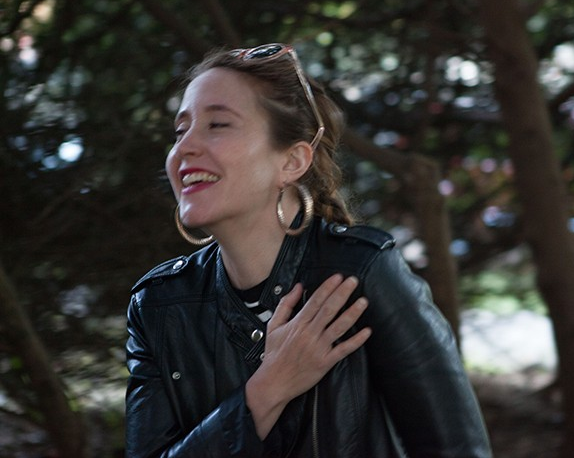Concordia offers instructors tips for accessibility and inclusiveness in online courses

With classes to resume online in the fall, faculty and administration at Concordia are collaborating to ensure effective and inclusive online learning.
“With COVID-19, questions about access to technology have become more pronounced,” says Anna Barrafato (MA 98), disability accommodation specialist at Concordia’s Access Centre for Students with Disabilities (ACSD) and a sessional instructor at Concordia. “However, accessibility and inclusiveness have been an important part of the university’s focus for years.”
A diverse student body
“The simple reality is that students are humans. No one is perfectly suited to one specific pedagogical model,” Barrafato adds. “A growing proportion of students often find their classes and pedagogies unnecessarily rigid. While the ACSD plays an important role in providing accommodations, professors who take small measures to improve accessibility vastly improve the academic experience for their entire class. This is especially true as classes move online.”
Aaron Johnson, associate professor in Concordia’s Department of Psychology, echoes this sentiment. “Accessibility doesn’t only relate to disabilities. Concordia students are culturally and linguistically diverse. They come from different countries. They’re of all ages,” he says.
“Fairly simple, measures can be taken to make our classes more accessible to our diverse body of students.”
Johnson also notes that it’s not quite fair to simply give students registered with the ACSD extra time to write the same test that everyone else writes.
“It means that these students are simply writing longer, more exhausting tests. If the tests arbitrarily favour certain modes of expression over others, then we’re still doing a disservice to our students.”
Universal Design for Learning at Concordia
In collaboration with the ACSD, several years ago Johnson took part in a pilot program that introduced Universal Design for Learning (UDL) principles into his courses. He has since become a champion of the pedagogical approach.
“Ideally, we should offer alternative kinds of lessons, assignments and exams. Cultural, experiential, neurological and situational differences can affect how a student will respond to content or class material. With a little bit of effort, we can allow students to acquire and express knowledge in multiple ways.”
The underlying premise of UDL is that a wide range of pedagogical approaches are often compatible with the specific goals of a course. The same content can be represented, transmitted and taken up by students in many different ways. These myriad approaches can be used in parallel to make the course content accessible to a diverse body of students.
Instructors can define assignments and learning activities in broad terms such that each student can find a way to connect to the same material or content. And students can also be invited to demonstrate their acquired knowledge through different modes of expression or action.
For example, the development of writing is often not specifically defined as part of a course outcome while exclusively remaining the accepted mode of expression. In that case, students might be given the option of writing an essay or doing an oral presentation, live or recorded. Or students could be allowed to express their newly acquired knowledge through another visual medium.
“If we remember that students are supposed to be acquiring knowledge and not the ability to pass very specific kinds of academic tests, then we realize how much flexibility we’re actually able to offer them,” Johnson adds.
UDL at Concordia and how to get started
Barrafato points out that many professors are already implementing the kinds of course design that she’d like all students to benefit from. “We’ve been inspired to hear about the exciting and innovative ways that instructors moved their classes online mid-term last spring.”
There are a few simple steps faculty can take to get started. They can offer both synchronous and asynchronous components in a course for students who are able to be engaged in different ways.
Professors can upload videos of lectures through Moodle and have subtitles automatically produced for the benefit of hearing-impaired students or those for whom English is not a first language.
Instructors can also upload PowerPoint lectures accompanied by an audio recording that explains the material in more depth.
Faculty can consult how-to and accessibility framework tutorials to transform class materials into accessible formats and create an inclusive environment.
Additional tips and tools for moving courses online can be found on the Centre for Teaching and Learning website.
Find out more about Concordia’s Access Centre for Students with Disabilities.


